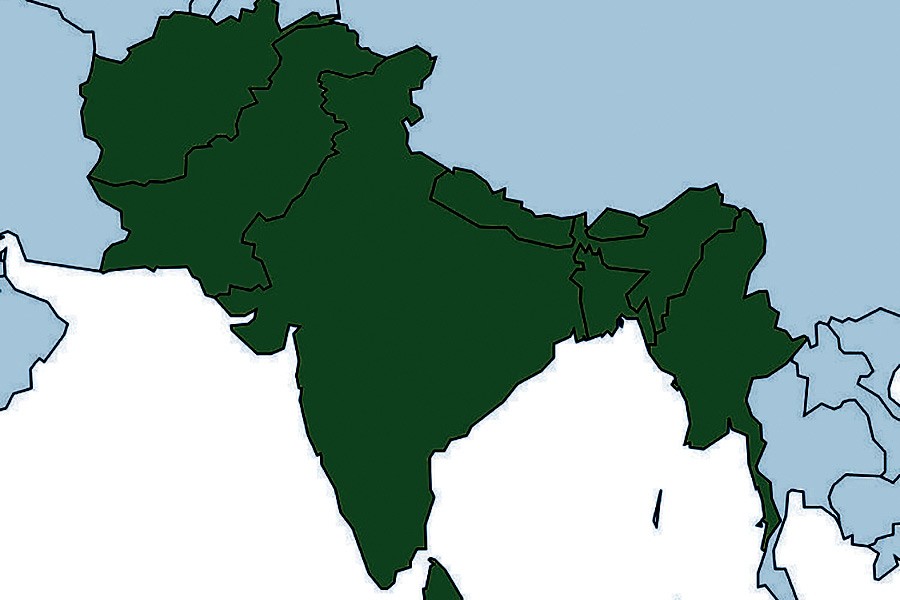Effects of climate change, largely caused by rapid industrialisation and urbanisation, is soon going to cover most countries of the globe in the form of low economic productivity and deteriorating standard of living. However, the population in one of the world's poorest regions-South Asia-are living under extremely vulnerable climatic conditions. Lately, the World Bank has revealed that in the coming decades, changes in temperature and rainfall will impact almost half of South Asia resulting in reduced economic growth here.
A recently-released World Bank report analysed two scenarios - "climate sensitive", based on collective action by nations to limit greenhouse gas emissions, and "carbon intensive", which assumes no action on climate change. The report for the first time combined future changes in temperature and rainfall with household survey data linking living standards to weather conditions.
More than 800 million people now live in areas of south Asia, which are predicted to become moderate-to-severe "hotspots", or affected areas, by 2050 under the carbon intensive scenario. India accounts for almost three quarters of them. The moderate hotspots are areas where projected consumption spending declines by four to eight per cent while this drop in project consumption spending exceeds eight per cent at severe hotspots.
A World Bank economist named Muthukumara Mani said that there seems to be some kind of correlation between climate hotspots and water stressed areas. The World Bank's expectation, of about half of India living in moderately or severely-affected areas by 2050, is similar to the findings of a federal think tank's report more than two weeks back. The report had warned that 600 million Indians could suffer high to extreme water stress as the country is already facing the worst long-term water crisis in its history.
The World Bank report said that rising temperature and changing monsoon rainfall patterns from climate change could cost India 2.80 per cent of gross domestic product (GDP) by 2050. In addition, this will depress the living standards of one in every two Indians by 2050.
In terms of GDP per capita, it predicted changes in average weather would hit Bangladeshis living in severe hotspots the hardest among South Asians. There could be a 14.40 per cent fall in income for them by 2050. The comparative figures for Sri Lanka and India were 10.0 per cent and 9.80 per cent respectively under the carbon intensive scenario. Nepal and Afghanistan, as well as hilly areas in India, may benefit from the weather changes because of their colder climates.
However, their extensive reliance on streams fed by melting snow would mean that higher temperatures may affect timing and availability of water resources. Mani, who is also the main author of the report, said that climate change would impact a person based on his or her location and profession. Inland areas would be more affected than the coastal areas and mountainous regions. The most vulnerable would be those who are dependent on agriculture as their main livelihood.
Targeted policies such as enhancing educational attainment, reducing water stress and improving opportunities in the non-agricultural sector could reduce the impact of climate change on living standards, said the report.
Sarwar Md. Saifullah Khaled is a retired Professor of Economics, BCS General Education Cadre.


